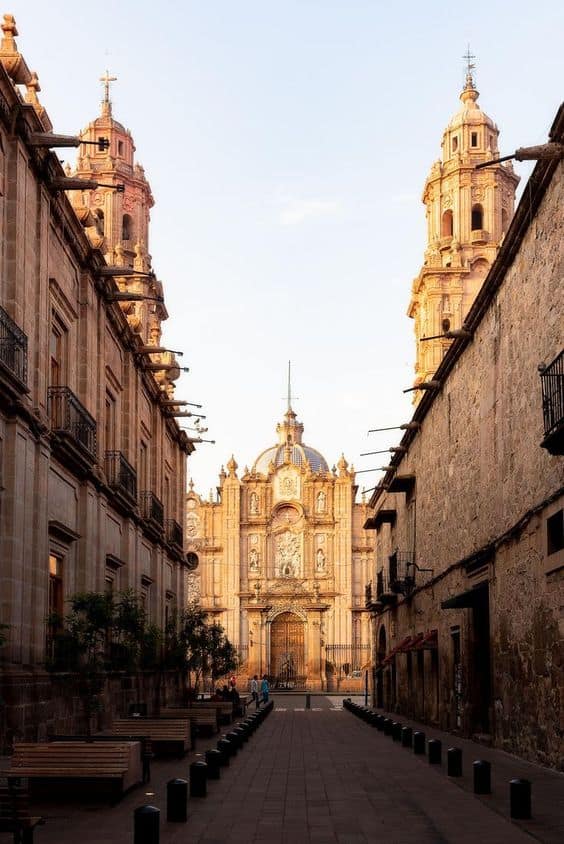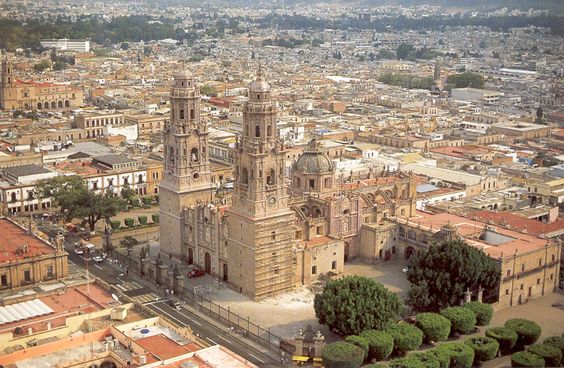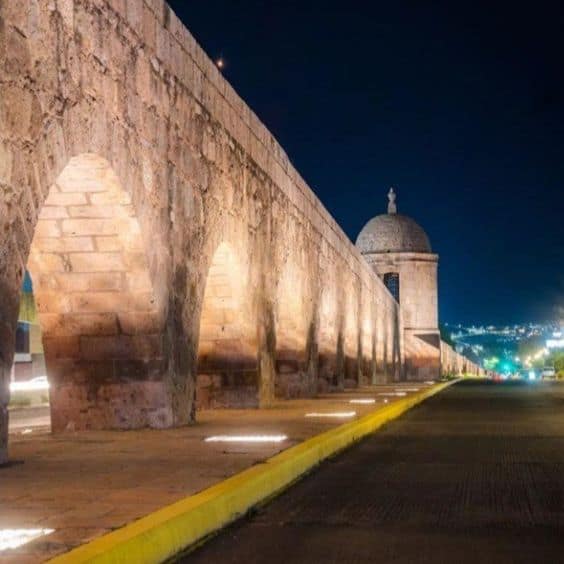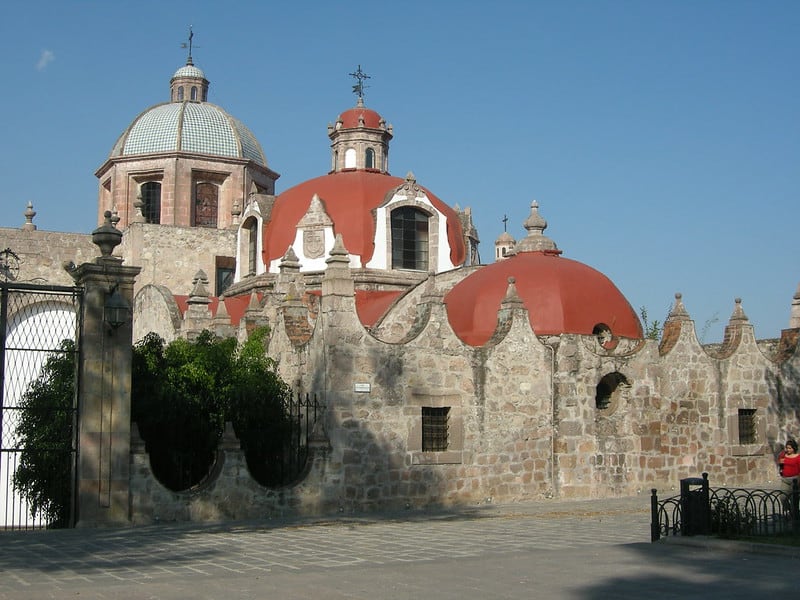If you want to explore Morelia and its surroundings, you should start by visiting the city’s historic center. Its baroque cathedral and twin towers overlook the main square. You may also want to check out the Catedral de Morelia and the Museo del Dulce.
Centro Historico de Morelia
In the heart of the Centro Histórico de Morelia, Mexico, you’ll find the striking Baroque-style Cathedral of Morelia. The square is also home to taquerias and tamale shops, but you can also find upscale modern Mexican eateries. While you’re in the area, make sure to check out the Mercado de Dulces y Artesanas, which sells traditional candies and leather goods.
The Centro Historico includes two hundred and nineteen manzanas and fifteen plazas, containing approximately 1,113 monuments. Those with an architectural appreciation will also enjoy the barroco moreliano, a decorative style of architecture characterized by escultoricos.
The historic center of Morelia has been designated a Patrimonio Mundial in 1991 and was restored in 2000. The federal government of Morelia has also made significant investments in the city’s infrastructure and culture. This includes integrating the TLC and promoting tourism and cultural heritage.
Santuario de Guadalupe y Exconvento de San Diego
Located in the city of Morelia, Mexico, the Santuario de Guadal upe y Exconvento de San Francisco honors the Virgin Mary. Its 300-year-old construction began in 1708 and was completed in 1716 by the Order of the Dieguinos. Today, it is a place of pilgrimage for thousands of people each year.
The church is a beautiful sight to behold, with baroque facades and interiors. Inside, the church is adorned with 17th-century oil paintings. This historic landmark represents Mexican culture and history.
This cathedral is a beautiful structure located in the city’s historic center. The building was constructed from 1660 to 1744, and its towers stand over 200 feet high. It is a UNESCO World Heritage Site and is one of the city’s most impressive attractions.

Catedral de Morelia
The Catedral de Morelia is a Roman Catholic cathedral in the heart of Morelia, Michoacán, Mexico. It is the seat of the Morelia Roman Catholic Archdiocese. It is a beautiful, neoclassical structure that is a major attraction for tourists.
The cathedral is also home to an impressive tubular organ, called the San Gregorio Magno, which was built in Germany in the early twentieth century. This beautiful instrument is the second largest organ in Mexico, and it has a unique sound not heard anywhere else. The organ is made of over 4,600 flutes and features carved wood decorations.
During night, the Catedral of Morelia is lit up, making it a stunning sight. The illuminated structure, which is provided by the same company that lights the Eiffel Tower, offers a show of dazzling lights every Saturday at 20:45. Located just two blocks from the city center, the Catedral of Morelia is considered one of the most beautiful cathedrals in Mexico.
Museo del Dulce
The Museo del Dulce is a museum dedicated to the sweets and traditional treats of Morelia, Mexico. The museum is located in an old casona and features period costumes and a video tour of the city. The museum offers a history of the dulce and rompope and also offers samples of these sweets.
The museum was first established in 1938 when a local man named Don Luis Torres purchased a business in Morelia. In 1938, he started selling his family’s dulces and decided to turn the store into a cultural center. To do so, the Torres family decided to add a museum to the building to showcase the history of the dulceria and teach people about traditional Michoacan sweets.
The history of the sweets in Morelia has a long and rich history. The city has been preparing unrefined cane sugar for as long as the Spanish colonial era. Today, the city’s Museo del Dulce and Casa de los Dulces Suenos both honor its sweet heritage. The candy market in the city has a sweet aroma in the air and will leave you wanting to gorge on more sugar.

Acueducto de Morelia
The Acueducto de Morelia Mexico is one of the most striking landmarks in Morelia. It is 1,700 meters long and 8 meters high and was built in the colonial period. It has undergone a number of remodels since it was first built, but it has remained largely intact. It is also illuminated, making it an ideal place to see at night.
The Acueducto de Morelia Mexico is a great place to take a bike ride. It is a beautiful example of ancient engineering. The XVII-century structure was built to alleviate the water shortage in Morelia. It also provided jobs for the local people, and is considered an architectural wonder.
Morelia’s aqueduct dates back more than a thousand years, and it is one of the best preserved examples of its type. The aqueduct’s distinctive pink hue makes it unique amongst the city’s other architectural treasures. The aqueduct was built by the bishop of Michoacan, Fray Antonio de San Miguel, to supply the city with drinking water. It consists of 253 arches and two water storage boxes.

Conservatorio de las Rosas
Morelia is home to the Conservatorio de las Rosas, a school of music. It was established in 1743 and is one of the oldest conservatories in America. Its choir, the Coro de los Ninos Cantores de Morelia, is internationally renowned. The Conservatorio de las Rosas offers 19 undergraduate degrees.
This Morelia Conservatory was the site of the first world premiere of a piece by Antonio Sarrier. The Conservatory is also home to the Morelia Cantores, a choir composed of children from the city. Morelia is a musical town and the Conservatory is a great place to visit for music.
The Conservatorio de las Rosas has gained national, regional, and international recognition through its programs. It combines music and art education. It also aims to fill a gap in the educational system through federal programs.
Museo Casa Natal de Morelos
The Neoclassical Museo Casa Natal de Morelos is a must-see while in Morelia, Mexico. This is the Neoclassical home of José Mara Morelos. It was built in 1902 and is an important site of Morelia’s cultural heritage.
The museum exhibits items from the personal collection of the revolutionary Jose Mara Morelos. Visitors will have a chance to view the revolutionary leader’s animated statue and other personal items on display. The museum also features a collection of Morelos’ art and other works.
Museo Casa Natal de Morelos is located in a beautiful historic building. The original house was built in the XVII century and has a large patio with a bust of procer. It was declared a national monument in 1930 and converted into a museum in 1965. There are several galleries dedicated to Morelos’ work. There are also some displays about the revolutionary hero’s participation in the War of Independence.
Callejón del Romance
Whether you’re traveling through Morelia or just want to experience the old town’s history, you’ll want to make sure you take time to explore the Callejón del Romance. This picturesque street was originally a route for carbon and milk vendors, and it was one of the city’s first streets to have potable water. Today, forty buildings on this historic street have been designated as historic monuments.
The alleyway is a popular tourist spot in Morelia, Mexico. It was named after a romantic poem by local poet Don Lucas Ortiz. You can engrave your love lock on the wrought iron display on the entrance. The alleyway dates back to the 19th century, when it was a busy place for coal and milk vendors, as well as beasts of burden.

